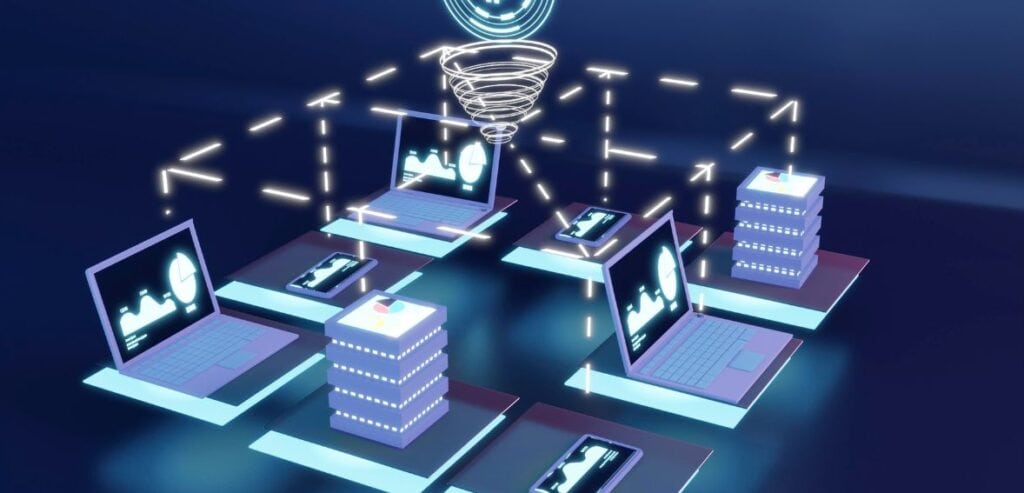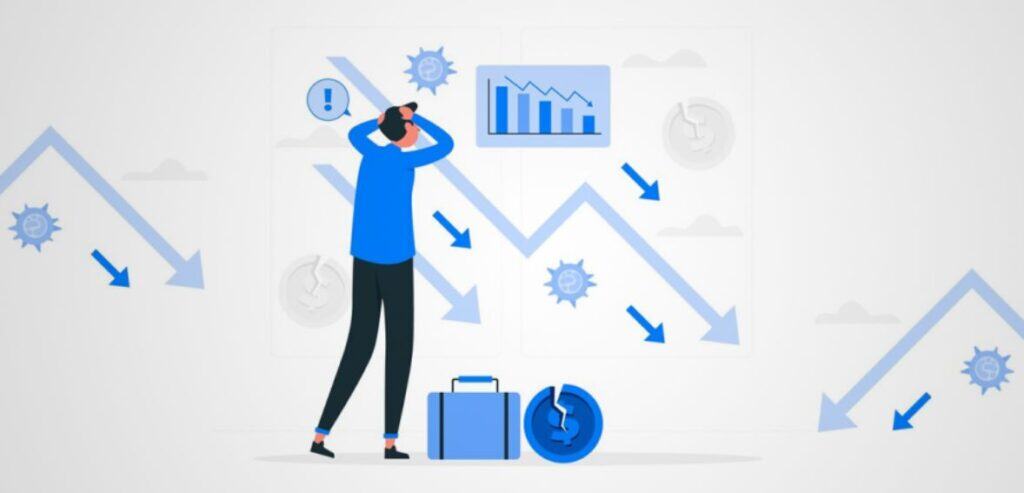
By Sung Moore May 29, 2025
Payment Challenges, Payment difficulties are one of the few problems in marina management that more seriously impair operations and the patron experience. Marinas are distinct companies because they provide seasonal services, serve both local and temporary clients, and handle a variety of products and services, such as fuel sales and slip rentals. Marinas use digital, manual, and mobile systems, sometimes all at once, in contrast to traditional retail or hospitality operations.
This hybrid nature makes it more difficult to handle payments securely and effectively. Modern customers, however, demand seamless and adaptable payment processes. Marinas must update their payment systems to satisfy contemporary needs if they want to remain competitive. The stakes are very high. A customer relationship can be swiftly damaged by a poorly managed invoicing system, a delayed transaction, or an inability to process a credit card. This article dives deep into five common payment challenges that marinas face and provides strategic, practical solutions to help overcome them. By identifying pain points and understanding the best practices available today, marinas can ensure streamlined operations and high customer satisfaction.
Payment Challenges: Seasonal Revenue Fluctuations
The marina industry is inherently seasonal. The warmer months see a high volume of boating and yachting services, while the off-season sees a sharp decline. Marinas are in a difficult position because of this cyclical revenue pattern. Processing a large number of transactions becomes much more necessary during peak hours. There may be delays and technical problems if the payment systems are not reliable or scalable. Marina budgets may be further strained during off-season months due to underutilized systems and fixed technology costs.
The Solution : It is essential to have flexible and scalable payment infrastructure. Cloud-based point-of-sale (POS) systems that offer on-demand scalability can help manage seasonal spikes. For example, MarinaPay provides systems designed to scale up during peak times and down during slower months, preventing marinas from being locked into year-round expenses. Marinas can also operate with a more predictable financial base by implementing subscription-based payment models for slip rentals, which can offer a steady cash flow even during off-seasons.
Limited Connectivity and Infrastructure

Since internet infrastructure can be erratic in remote or semi-remote coastal areas, many marinas are situated there. Processing electronic payments that necessitate real-time communication with financial institutions is severely hampered by this. Card transactions may not go through without dependable connectivity, which could annoy clients and cause delays—especially in dockside and mobile payment environments where stable infrastructure is often lacking.
The Solution: Service outages can be prevented by investing in mobile point-of-sale systems with offline capabilities. These systems securely store transaction data and synchronize with central servers once the connection has been restored. For instance, EMSmobile is a wireless solution made especially for marina environments that ensures payments can be made even when connectivity is inconsistent. Specialized mobile hotspots or satellite internet backups can further increase reliability by ensuring uninterrupted services.
Complex Billing Structures

Marinas frequently offer a combination of one-time purchases, ongoing services, and variable pricing based on the size of the boat, length of stay, or service packages. Because of these complications, manual billing is ineffective and prone to errors. Inaccurate invoices can harm the marina’s reputation with its patrons in addition to delaying payment.
The Solution: Automation is the key to simplifying complex billing structures. Marina-specific management software, such as DockMaster or MarinaOffice, seamlessly integrates accounting tools, customer data, and point of sale into a single system. These tools allow marinas to generate invoices automatically based on usage logs, reservation systems, and service histories. Automation reduces human error, saves administrative time, and ensures timely, accurate billing. Additionally, many of these systems feature customer portals that enable users to directly view and manage their bills.
The Role of Payment Transparency In Customer Retention
Payment transparency is not merely a billing detail in a service-oriented setting like marinas; it is essential to retaining customers. Boat owners need to know exactly what they’re paying for, especially if they’re using expensive services like long-term docking or slip rentals. Uncertain policies, unexpected costs, or unclear invoices can irritate clients and drive them away. More loyalty is typically developed by marinas that provide itemized billing statements, spell out terms up front, and make cancellation or refund procedures simple to comprehend.
Customers are more likely to come back season after season when they believe they are receiving fair bills. Accountability is also promoted and on-time payments are encouraged by integrating digital platforms that provide real-time billing summaries and notifications. Transparency is not only morally right, but also wise business in the cutthroat marina industry of today.
Security and Compliance Concerns

Managing payments requires managing private client data. Security cannot be sacrificed in a time when fraud and data breaches are common. Sadly, a lot of small to medium-sized marinas lack the specialized cybersecurity resources and IT teams needed to guarantee PCI compliance and safe transaction environments. This puts the reputation and liability of the marina as well as the patrons at serious risk.
The Solution:Marinas must use PCI DSS-compliant payment gateways and encryption and tokenization systems to safeguard customer data. Platforms like DockMaster Payments offer fraud detection tools that are built with compliance in mind and offer an extra layer of security. The payment process can be strengthened even more by regular system updates, secure data storage, staff training on how to handle customer information, and regular security audits. Furthermore, implementing EMV chip readers lowers the possibility of card-present fraud, which is a major worry for accepting payments on-site.
Customer Expectations for Digital Convenience
Customers of today demand convenience in every step of the buying process, including the payment process. Customers of marinas are used to seamless digital experiences in their daily lives, especially younger boat owners and tourists. There is conflict if a marina doesn’t accept digital invoices, doesn’t accept mobile payments, or requires cash payments. Even worse, it could drive away tech-savvy customers who might choose to do business with someone else.
The Solution: To modernize the payment process, offer a range of electronic payment options. Credit and debit cards, mobile wallets like Apple Pay or Google Pay, and online invoicing should all be standard. Installing online portals that allow customers to check service histories, download receipts, and make payments whenever it’s convenient for them adds a significant amount of value. Virtual terminals and text-to-pay options also provide a smooth experience. Providing autopay options for regular services, such as monthly slip fees, can increase client retention and expedite the collection process.
Bonus Advice: Improving Communication and Staff Training

While infrastructure and technology play a vital role in improving payment processes, the human element should not be overlooked. Staff who are well-trained in payment procedures, troubleshooting common issues, and handling customer queries with professionalism significantly improve the customer experience. Clear communication is essential.
Customers appreciate being informed upfront about fees, payment options, late payment penalties, and refund policies. A team that can articulate these details clearly and confidently not only boosts customer satisfaction but also reduces disputes and delays. Routine staff training sessions, updated SOPs, and feedback mechanisms help in creating a smooth payment environment where both employees and customers feel supported.
Payment Challenges: A Marina’s More Simplified Future
Marina payment systems have a bright and promising future. Marinas have the chance to rethink how they manage transactions as technology advances and consumer expectations keep changing. There are plenty of innovations to investigate, ranging from using contactless payment methods to integrating sophisticated customer relationship management (CRM) tools with payment platforms.
Specifically, FedNow and other real-time payment (RTP) networks offer revolutionary possibilities. These systems can significantly cut down on waiting times for big transactions and enable instant Payment Challenges settlement. Instantaneous payment receipt and confirmation could completely transform operations for marinas handling expensive services like fuel charges or boat repairs.
Similar to this, providing third-party platforms with financing options for significant repairs or upgrades can lower the cost of expensive services and improve overall customer satisfaction .Furthermore, actionable insights are provided by data analytics tools integrated into contemporary payment systems. Marina managers can make well-informed decisions that maximize revenue streams and simplify operations by monitoring payment trends, unpaid invoices, and customer preferences.
Additionally, by using these tools to identify high-value clients, marinas can create customized service offerings or loyalty programs that increase customer retention. Payment innovation can also contribute to environmental sustainability. Making the switch to digital receipts Payment Challenges and paperless billing not only appeals to environmentally conscious consumers but also lowers administrative costs. It’s a modest but significant step in the direction of a more contemporary and accountable operation.
In the end, resolving payment issues involves more than just logistics or technology; it also entails developing a smooth experience that fosters repeat business and trust. Customers are more likely to return, recommend, and interact with a marina when they believe their financial transactions are easy, safe, and convenient. Marines can prosper in a world that is becoming more digital and fast-paced by proactively addressing these five typical payment issues and Payment Challenges putting strategic solutions in place that take operational and human factors into account. By doing this, they will establish themselves as leaders in a sector that is prepared for change in addition to being reputable service providers.
Conclusion: Opening the Door to Easy Payments
From handling expensive seasonal transactions to negotiating antiquated billing systems and dispersed customer touchpoints, marinas confront a unique set of payment challenges. If these issues are not resolved early on, they may have a major impact on long-term growth, cash flow, and customer trust. However, marinas can enhance a smooth payment experience for both short-term visitors and long-term tenants by implementing workable solutions, like digitalized invoicing, tiered pricing, flexible payment plans, and real-time payment methods.
Anticipating client needs, streamlining the transaction process, and eliminating friction wherever feasible are crucial. Marinas that take the initiative to optimize their Payment Challenges payment procedures will gain a competitive edge, increased retention, and stronger customer loyalty as the boating community grows more cost-conscious and tech-savvy. In a world where convenience and trust are important, being proficient with payments isn’t just a financial strategy—it’s a customer service imperative.